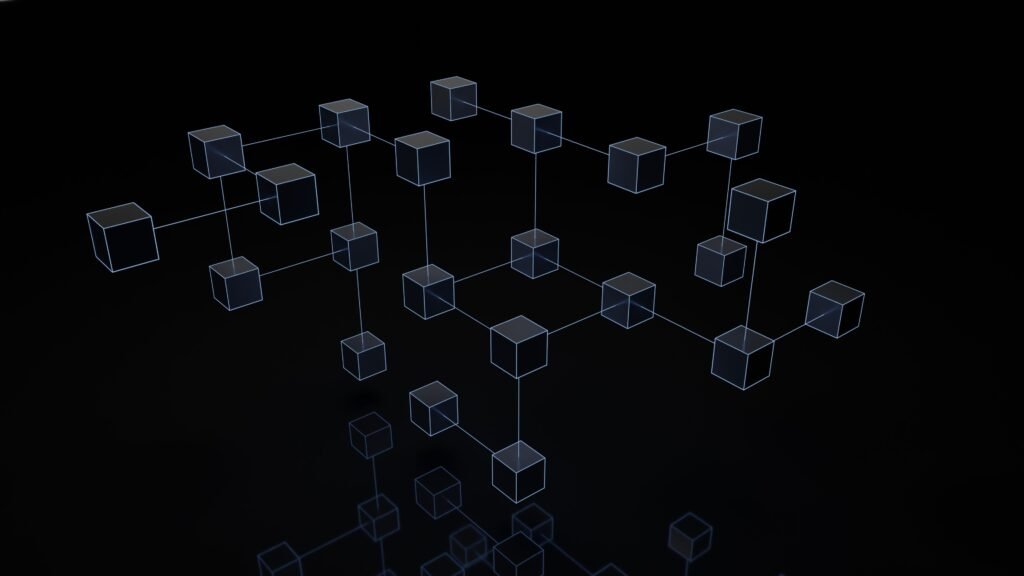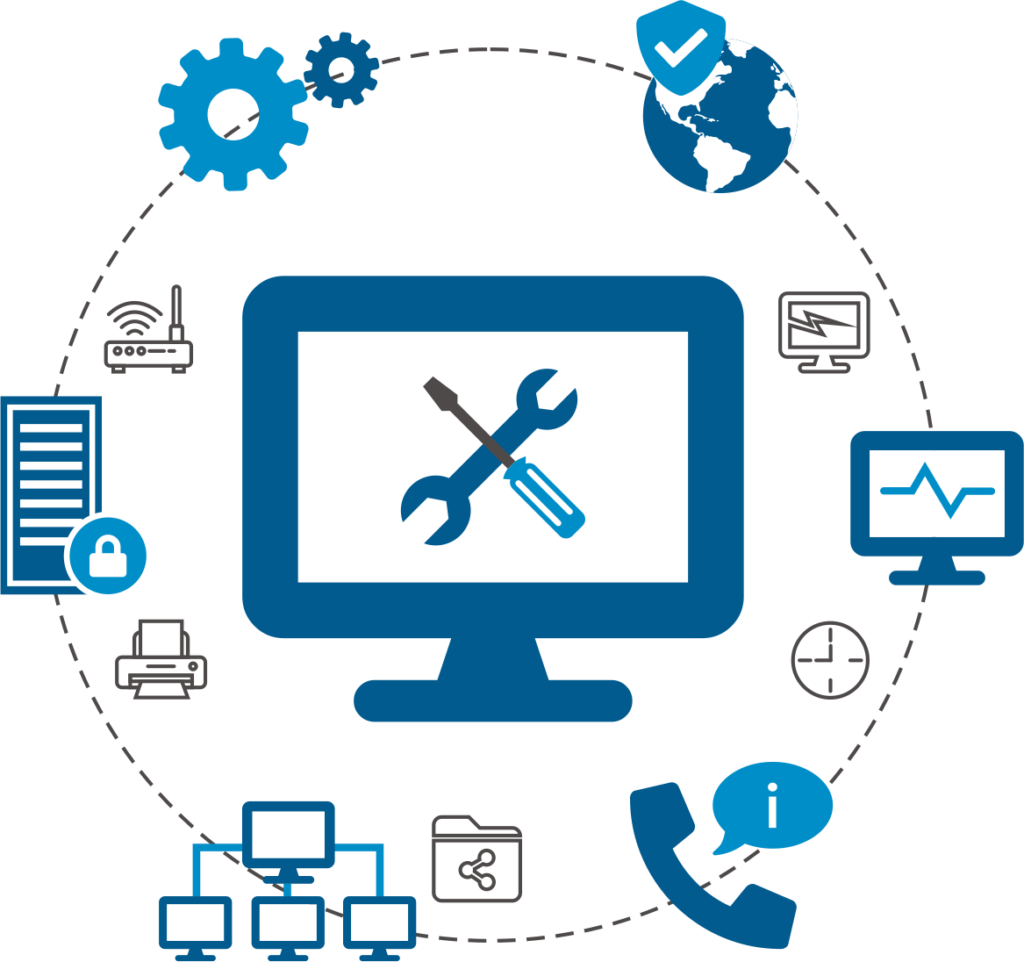This involves collecting network performance data. The collected data is analyzed to identify possible problems or deficiencies in the network. These problems may include congestion, interference, hardware or software errors and others.
This involves hardware improvements, software upgrades or changes in network architecture. Network design also includes optimizing topology, equipment and infrastructure ensuring a good distribution of resources.
This involves using more efficient routing algorithms, load-balancing between devices and prioritizing traffic according to requirements and quality of service (QoS).
This involves implementing security measures such as firewalls, encryption, authentication and traffic monitoring to prevent cyber attacks.
This involves maintaining and constantly updating equipment, software and protocols. It ensures the correct and up-to-date operation of the network, including improving performance and correcting vulnerabilities.
Any changes or upgrade to the network must be tested and validated to ensure that they don't cause problems or regressions. Testing may include traffic simulations, performance measurement and verification of compliance with network standards and policies.
Network optimization is a constant process. Constant data and feedback will be collected to identify new opportunities for improvement and to adapt to changes in technology or user requirements.



